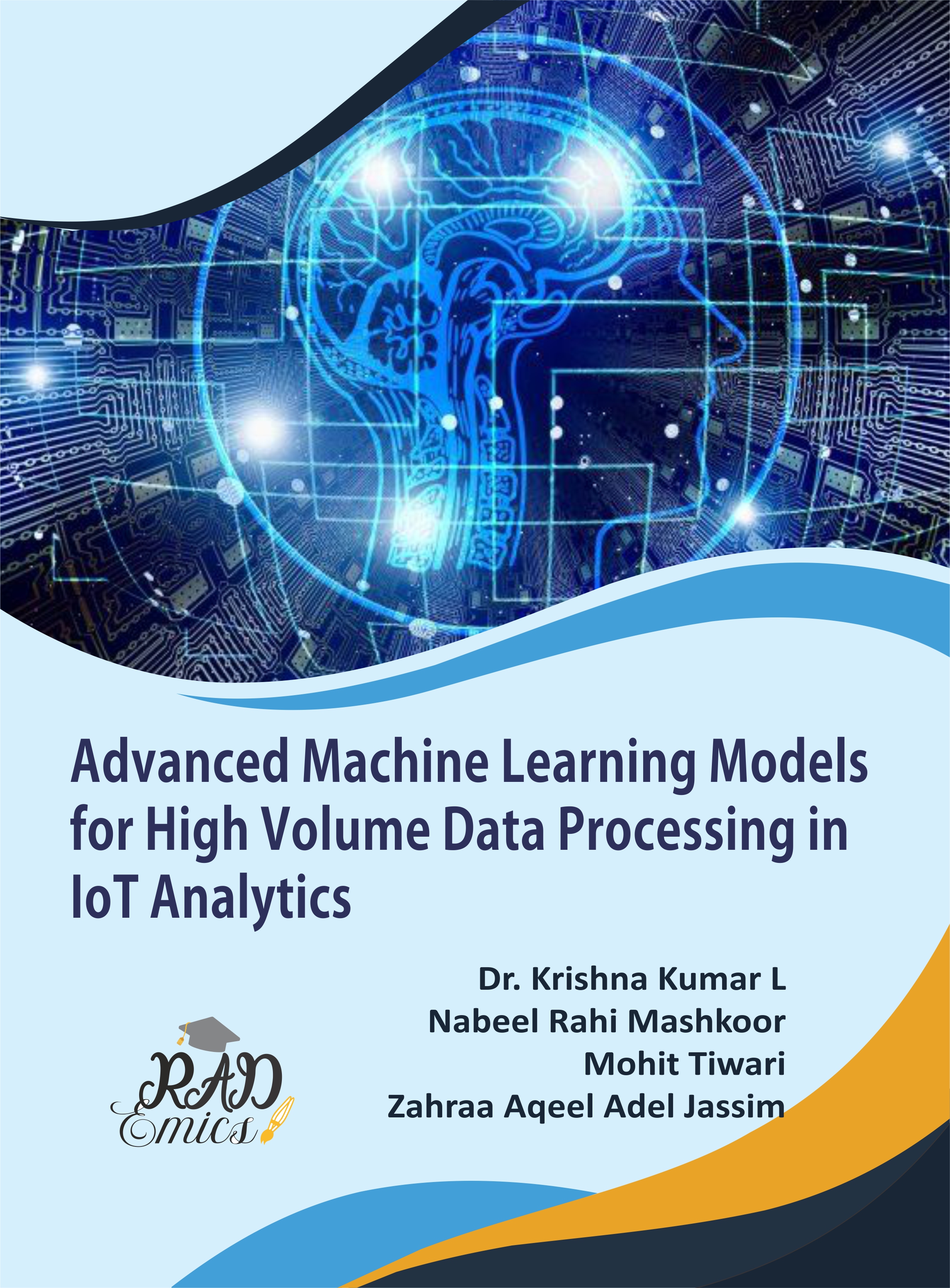
Abstract
The proliferation of IOT devices has transformed data generation and processing, presenting unique challenges for scalable ML architectures. This chapter addresses critical aspects of designing scalable ML systems tailored for IoT environments, focusing on efficient data management, real-time processing, and robust security. Key topics include advanced strategies for data acquisition, preprocessing, and storage, alongside innovative approaches for real-time event-driven processing. Specific attention was given to data compression and deduplication techniques that optimize storage efficiency, as well as securing data transmission and storage at the edge of IoT networks. By exploring these areas, the chapter provides a comprehensive framework for overcoming scalability challenges and enhancing the performance of ML applications in IoT systems. Insights are drawn from recent advancements and practical solutions, aiming to support researchers and practitioners in developing more effective and secure IoT data management strategies.
Introduction
The IOT has transformed the landscape of technology by connecting a vast array of devices that continuously generate and exchange data [1,2]. This rapid expansion has led to an unprecedented increase in data volume, velocity, and variety, which poses significant challenges for data management and analysis [3,4]. IoT systems span diverse domains, including smart cities, industrial automation, and healthcare, each contributing to the complexity of managing heterogeneous data streams [54]. As the number of connected devices grows, traditional data processing and storage solutions struggle to keep pace with the demand for real-time insights and efficient data handling [6]. Consequently, there was a pressing need for scalable ML architectures that can effectively manage and analyze the massive datasets produced by IoT environments [7-9].
Designing scalable ML architectures for IoT systems involves addressing several critical issues related to data processing and system performance [10-12]. Scalability challenges arise from the need to handle large volumes of data generated by a multitude of sensors and devices, each producing data at varying rates and formats [13]. Effective ML models must be able to process and analyze this data in real-time to provide actionable insights [14]. Moreover, the distributed nature of IoT networks introduces additional complexities, such as data synchronization and latency, which impact the performance and accuracy of ML algorithms. To overcome these challenges, it was essential to develop ML architectures that can scale efficiently and adapt to the dynamic demands of IoT data streams [15,16].